Getting sharper Images in your photography
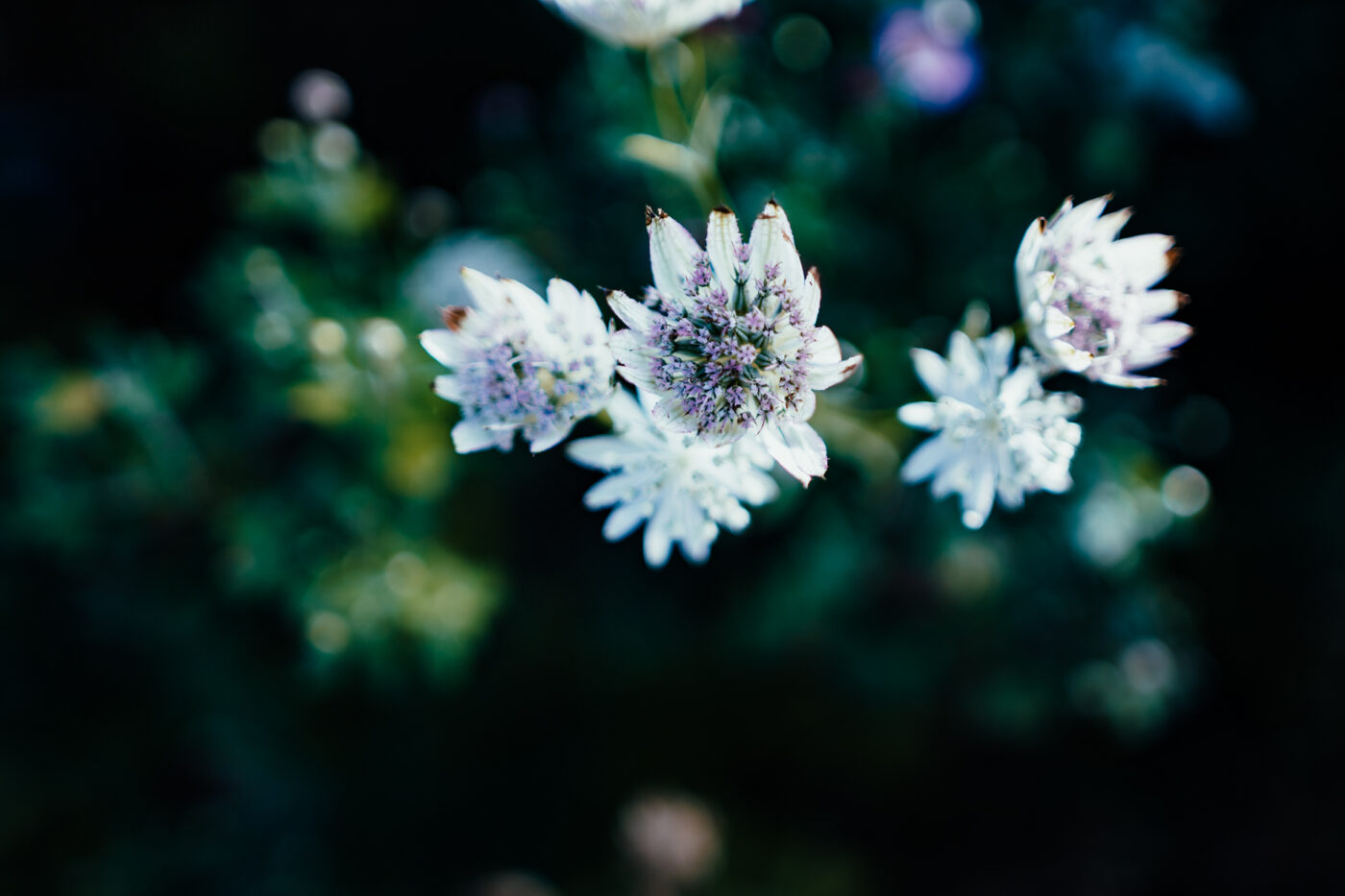
I don’t think anything frustrates photographers more as an out of focus picture. I can only speak from my own experience as a portrait photographer. Exposing an image correctly was never really difficult, at least digitally, because that’s what the camera does for me, understanding what you use which lens for, that started much later for me and was less frustrating than going into the details of an almost perfect shot, only to discover that I missed critical focus.
And then, when I thought I finally figured it out, I got the issue again, of course, this time with film cameras and with new problems and causes. So let’s get down to it and take a deep dive into the abyss of unsharp images, and start with the basic question.
Why do we value sharpness so much
Sharpness in images has long been a quality test of measuring of how well a lens is made. Not to mention other factors such as handling, color reproduction, aperture, quality of the build and so on. But after all, those lenses found special places in the hearts of photographers and their audience that delivered really crisp images.
And there is a good reason for that, after all, we often perceive an image as more real and three-dimensional when the sharpness is spot on. For a long time, the sharpest images were only reserved for professionals, since lenses/cameras from Karl Zeiss, Voigtländer, Leica or Hasselblad were far too expensive to be popular with the casual consumers.
So it makes sense that, the sharpness of the images of the professionals always had something yearning for the viewers. Of course, manufacturers and engineers also recognized this, and to this day there is massive competition as to who can deliver the greatest resolution, details and sharpness.
The most common cause of blurry images

There are many reasons for blurry images. In rare cases it is due to the technology, such as a viewfinder that was set to certain diopters of the previous owner who wore glasses, a defective sensor or lens, with analogue cameras it can also be due to an incorrectly adjusted mirror or mirror plate. However:
In most cases, as expected, it is the user and not the camera. In my experience, the most common reason for blurry images is simply camera shake when the shutter is released. If you take pictures in automatic mode, you have no influence on the shutter speed/the exposure time, and it is precisely what is decisive for the sharpness of an image (seen in simple terms).
Most digital cameras have a TV mode in which you set the exposure time yourself and negate camera shacking completely, but how do you know what time you should set?
In general, the rule of thumb is to double the fixed focal length of the lens and use it as a fraction of a second: This means that with a 50 mm lens, we photograph at least 1/100 second. To be sure, you should go with a 1/125 of a second.
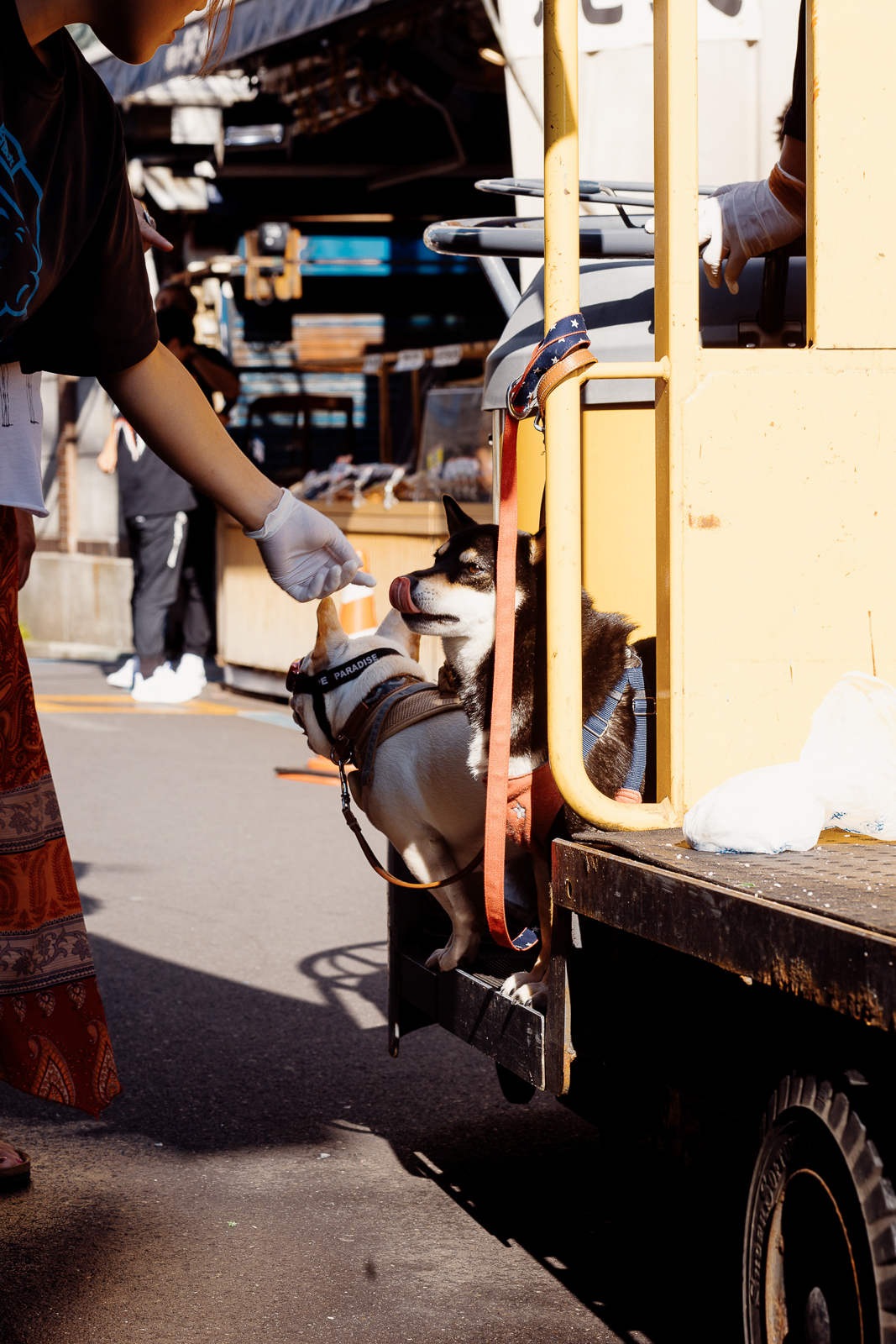
If you use a zoom lens, it depends on how far you zoom in: with a 24 to 85 mm lens, it is at least 1/48 second at minimum zoom and at least 1/160 second at maximum zoom. Again, to be sure you can always shorten the time a little bit.
And these are just the exposure times for a relatively still subject. For example, if you want to freeze athletes in action or someone dancing, you should use exposure times less than 1/500 to really catch the moment. The best way to figure those out is by experimenting and just trail and error. After all, practice makes perfect.
But beware of ISO caused noise
Of course, that doesn’t mean that you can keep the exposure time as short as you like without consequence, because the shorter you keep the exposure time, the more the camera has to compensate for the short time you let the light in.
This happens on the one hand by opening your “pupil“, the aperture, and on the other hand by an increased ISO value. The ISO is kind of like an image brightener and helps to get a decently exposed image. However, if the ISO is given too much free rein, unsightly image noise and loss of detail quickly develop.
Keeping an eye on the ISO is therefore indispensable. Depending on the camera model, the image noise is more or less noticeable. From my experience with three years with the Canon EOS RP, I try not to go higher than ISO 1600. Depending on the camera technology, you might be able to go higher without losing too much detail.
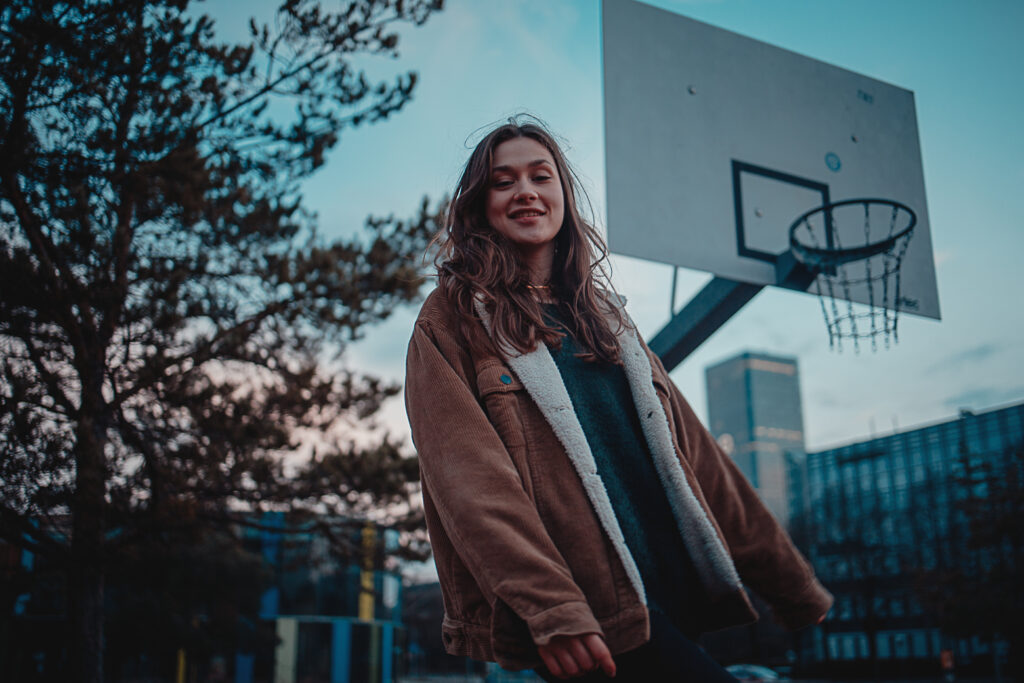
Other reasons for unsharp images
In my opinion, a too low shutter speed was my number one reason for blurred footage, but there is of course a second place and that is that the focus is not on point.
Autofocus systems, when you have them, are great tools and are constantly evolving. As it stands today, from my experience with the EOS RP, they sometimes reach their limits when it comes to people who wear glasses, poor lighting conditions or small details in the foreground. In this case, manual focus is often the only solution that helps to get to critical focus.
But there is a catch, ever since autofocus became as good as it is. Most modern digital cameras do not help you too much when it comes to focusing manual. There are some solutions you might not know about.
Fortunately, many digital cameras now have a “Focus Peaking” function, which shows the current focus range with colored outlines when focusing manually over the screen or the viewfinder. A quick Google search reveals whether your own digital camera has such a function.
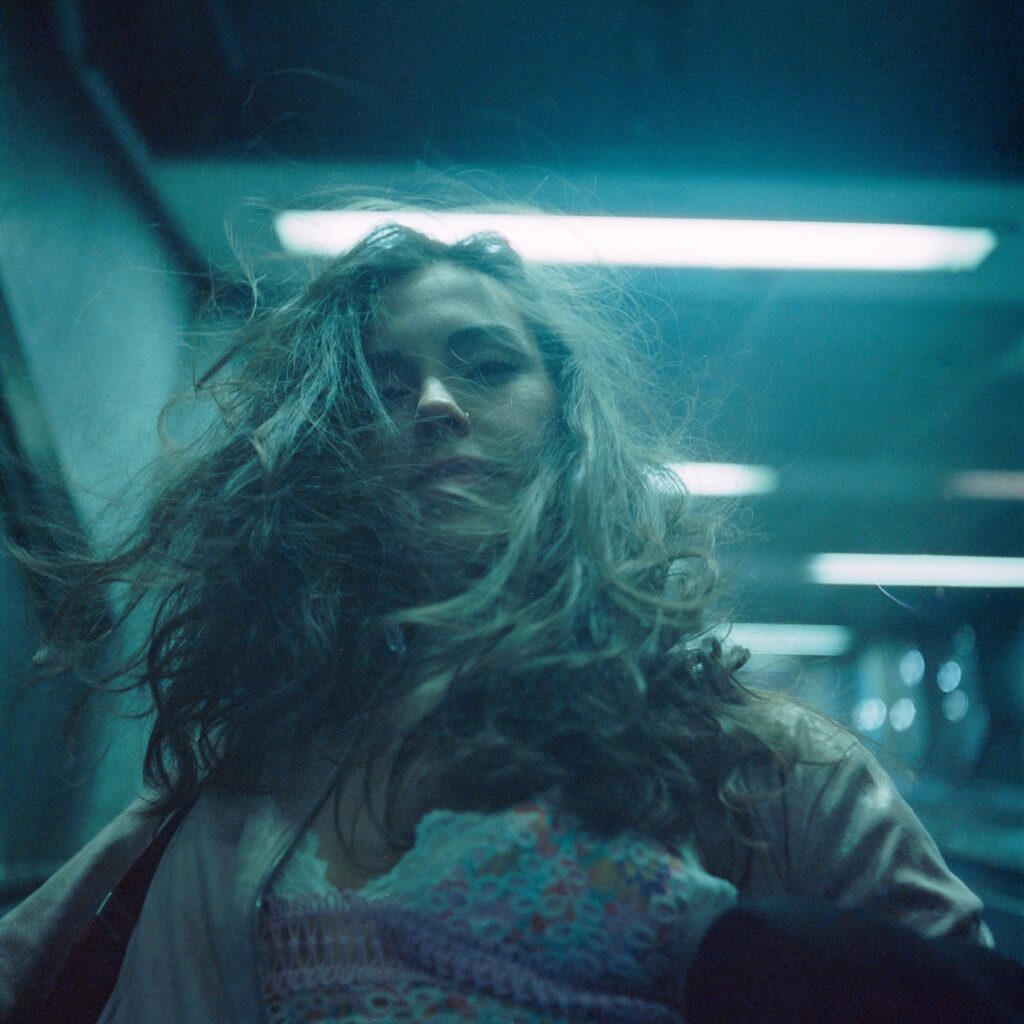
Another possibility is simply to enlarge the manual focussing with the “magnifying glass” button that can be found on many cameras, and thus to focus precisely in detail, since it allows you to simply zoom into the part you want to have in critical focus and adjust accordingly. It was done similarly with older analog cameras, which often had a magnifying glass built in and were able to get the focus perfectly even with difficult subjects.
Don’t miss the plane of focus
Another issue for an out of focus pictures could be the minimum focus distance to a subject, because sometimes you are simply too close with the lens and the camera cannot focus. In that case, the only thing that helps is to take a step back, use a different lens or get a macro adapter. This is called the minimal focus distance.
A little reminder, the higher the f-number (aperture), the more is in focus. Anyone who photographs with an aperture of f8 will inevitably have most of the image sharp. With an aperture of f1.2, on the other hand, it can sometimes only be a single eyelash that’s in critical focus.
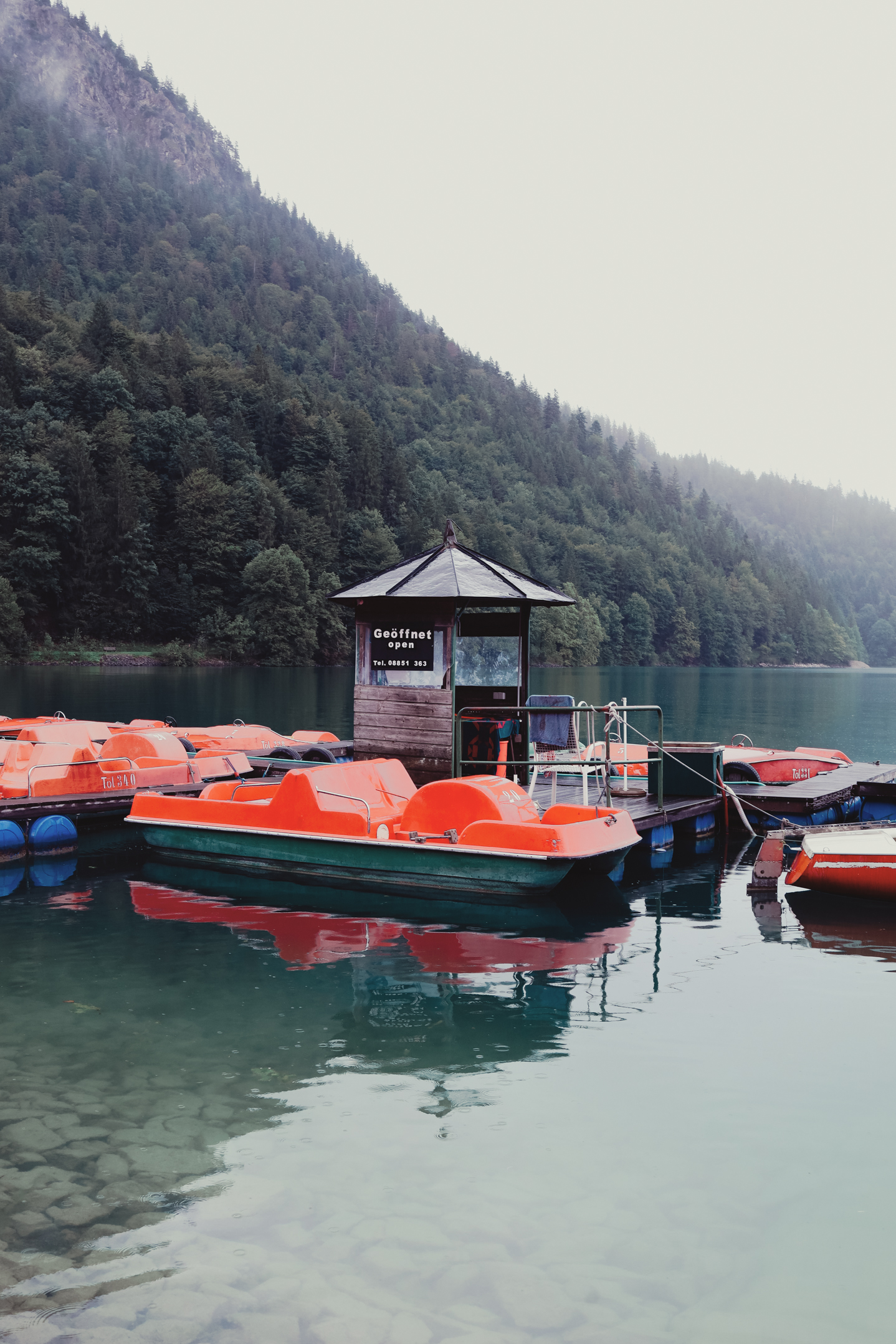
So let’s say you have a group picture with three rows of people – you want to be careful when choosing the f-value (aperture) because if you go too low (lesser than f3.8 for example), you’ll only have one row in focus and the other ones unsharp.
The camera’s AV mode is only used to set the aperture, and everything will be handled automatic. But as we learned before, you must keep an eye on the ISO values, since those will rise if you let less light into the lens (higher f-values).
Learn more
These were, in my opinion, the most common reasons for blurry images. The most important thing is and remains practice, practice, practice, which is why I always recommend taking one piece of information after the other and just try them out one by one. Like using the manual mode more often.
Good luck and keep on creating.





